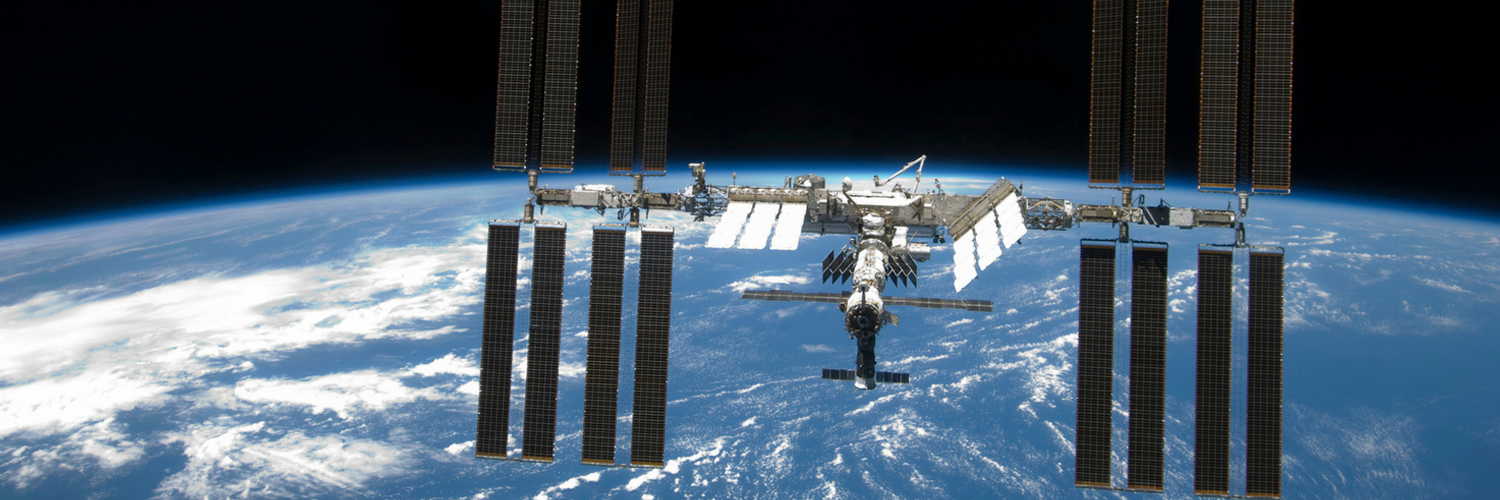Unmasking Heat Traps: How Emissions Shape Our World
The journey towards understanding climate complexity begins with decoding how gases influence the earth's temperature. Emissions from various human activities have profound effects on the atmospheric conditions.
The Role of Specific Gases
The fundamental cause of climate changes can often be traced back to greenhouse gases, with carbon dioxide, methane, and nitrous oxide being primary contributors. These gases originate from activities like burning fossil fuels, agriculture, and industrial processes. Since the onset of industrialization, their concentration has escalated, correlating directly with a surge in global temperatures.
These gases create a cover that traps heat within the atmosphere, preventing it from escaping into space, which would naturally cool the planet. The effects of retained heat manifest as rising sea levels and melting glaciers, altering global weather patterns. This warming accelerates and amplifies its own causes—a notable feedback loop—thereby necessitating urgent emission control measures. Recent models suggest an even greater sensitivity of the climate to these gases than previously estimated, indicating possible severe outcomes.
Collaborative Solutions and Global Policies
Nations globally are recognizing these challenges, channeling efforts into reducing greenhouse gases through diverse strategies. Transitioning to renewable energy, enhancing energy efficiency, and implementing carbon capture are essential. Global agreements are foundational for coordinating efforts; however, some places still fall short of target goals. An emphasis on land use and forestry highlights their role in carbon absorption. Addressing all these requires concrete action within and across national borders, advocating for enhanced policies focusing on natural carbon sinks to reinforce climate goals.
Economic, Health, and Environmental Impacts
Beyond environmental repercussions, greenhouse gases implicate human health and the economy. Rising heat directly leads to health issues like heat-related illnesses. Economically, extreme weather events incur significant damage annually, costing billions. These factors demand an enhanced focus on the root causes of emissions and their broader implications. Research is linking human-induced emissions prominently to adverse health and economic impacts, urging enhanced mitigation strategies.
The Critical Junction: Tipping Points
Unchecked greenhouse gas emissions could push Earth's climate systems past tipping points. These are crucial thresholds beyond which changes may become irreversible and calamitous. Achieving a sustainable future involves slashing emissions significantly now. Several groups call for robust, immediate global actions that might invoke positive systemic changes to combat climate risks.
Frozen Frontiers: The Domino Effect of Polar Ice Loss
The poles, epitomizing Earth's cooling system, are rapidly changing, with repercussions affecting global climates and ecosystems. Understanding these shifts is crucial to predicting future environmental conditions.
Rising Tides and Global Warming
Recent years are marked by accelerated warming, contributing to rising sea levels. Ice sheets in Greenland and Antarctica are major contributors to this trend. The dual impacts of ice melt include reduced sunlight reflection and increased ocean absorption, exacerbating warming through a feedback loop. This process fortifies ice melt, highlighting the potential for further acceleration of these changes.
As the sea levels rise, coastal regions face significant threats, including increased flooding and erosion. These challenges underscore the urgency of addressing these environmental shifts, with far-reaching implications for ecosystems and human settlements alike.
Shifting Earth's Natural Equilibrium
Melting ice has effects beyond water levels, influencing Earth’s mass distribution and rotational stability. Such melting profoundly alters Earth’s axis, with historical instances suggesting potential future changes. As the polar mass changes, delicate systems need recalibration. Historical analogs highlight sea-level rises linked to past melting events, echoing possible futures under current emission trajectories.
Retreat of Glaciers
Observations spotlight unprecedented glacier retreat, vividly illustrated by examples like the Hektoria Glacier. Tracking these retreats furnishes critical data for climate models, grounding predictions for future scenarios. This understanding enriches projections of future sea levels and underscores vulnerabilities to global warming.
Sea Ice and Atmospheric Dynamics
Arctic sea ice reduction impacts not just polar regions but global weather. The disappearing ice diminishes sunlight reflection, increasing solar absorption, and fuelling warming. Additionally, wildlife reliant on these conditions, like polar bears, face existential threats. Accelerated changes in atmospheric patterns, driven in part by sea ice reduction, lead to unexpected climate phenomena, underscoring the need to comprehend these relationships.
When Nature Roars: Phenomena Beyond Control
Extreme weather events increasingly define contemporary climate narratives. Here's why they occur more frequently and with greater intensity, and their immediate impacts.
The Calamity of Extremes
A marked increase in devastating events—heatwaves, cyclones, floods—demonstrates climate's shifting face. These are symptoms of broader global changes under a warming climate, compounding in both occurrence and severity.
- Heatwaves: Escalating temperatures lead to adverse health impacts, particularly among vulnerable populations.
- Floods: Enhanced rainfall creates destructive floods that damage infrastructure and displace populations.
- Wildfires: Dry conditions, allied with high temperatures, fuel intense wildfires, amplifying carbon releases.
- Cyclones: Warmer waters intensify storms, amplifying hazards for coastal habitats and populations.
These extremes underscore the need to curb emissions and adapt to new environmental norms. The risks extend beyond mere weather; they are embedded in the planes of human health and economic stability.
Temperature Trends and Global Dynamics
The alarmingly warm years are a direct result of these alterations. Global temperatures continue to rise, leading not only to an increase in extreme events but further catalyzing a cascade of environmental changes. From rising sea levels to disappearing biodiversity, the impacts are broad but interconnected. Crossing the 1.5°C increase boundary, once a preventative goal, now seems inevitable without immediate intervention.
Humanity's Struggle
Extreme events affect more than just landscapes—they incur immense human costs. They exacerbate pre-existing vulnerabilities and imbalances, widening inequities. Health risks, economic damages, and social challenges arise in their wake. The disparity in data analysis underscores the need for a comprehensive global focus, towards vulnerable and developing regions which often lack robust data but bear significant impacts.
Imperative Actions: A Collective Response
These climactic extremes emphasize the pressing requirement for action. Reducing emissions, enhancing prediction systems, and fortifying communities are essential actions. It's a global effort demanding local and international cooperation to comprehend, withstand, and reverse these ominous environmental changes. The narrative of extreme events is unfolding, impelling seamless collaboration at an unprecedented global scale.
Striking a Balance: Managing the Carbon Equation
The carbon cycle is the linchpin of climate regulation. Unraveling its complexities could hold the key to our climate success or failure.
Nature’s Absorption Role
Forests, oceans, and soils serve as natural carbon sinks, pivotal in mitigating atmospheric carbon. Also, constrained capacities of these sinks threaten climate stability, with concerns about diminishing absorption roles. The decline in land-based carbon sinks underscores the fragility of existing strategies.
Land-Use and Forest Interventions
Land management frames carbon stability. From promoting sustainable practices to enforcing forestry measures, existing policies need invigoration. Preventing deforestation and encouraging regrowth are key to maintaining carbon sequestration capabilities. Integrating new technologies that synergize carbon management efforts could further ensure emission reduction goals are met.
The Biodiversity Connection
Ecosystem integrity underpins absorption efficiency. Biodiversity loss, a symptom of larger environmental degradation, diminishes this efficacy. Healthy ecosystems equate robust carbon budgets, spotlighting the synergy between ecological health and carbon management needs.
Moving Forward: Navigating Resilient Adaptation Strategies
Building resilient climates demands innovative, effective strategies across sectors. Proactive approaches, elevating community responses, define this crucial, actionable narrative.
Holistic Risk Management
Using a comprehensive lens, managing climate-related risks becomes foundational to adapting effectively. It requires assessing vulnerabilities, instilling robust response mechanisms, and keen integration of climate considerations early in development processes.
UNFCCC outlines an adaptive pathway, fostering preparedness against imminent environmental threats, from food scarcity to infrastructure losses.
Water's Critical Role
Water, susceptible to climate upheavals, necessitates thoughtful management adaptations. UNECE's protocol aims to protect water richness, addressing potential scarcity, sanitation challenges, and equitable access needs.
Land Use Optimization
To maintain climate targets, optimizing land use and enhancing forestry sectors are pivotal. Practices like conservation agriculture and reforestation bolster carbon sinks. Analyzing emissions trends enables adaptive strategies for emission reductions.
Technological Leverage
Leveraging technology—like Arctic preservation projects and EV infrastructure—ensures climate adaptability. These technological shifts offer pragmatic, scalable solutions enhancing climate obedience.
Renewable Pathways
Renewable resources define our progression towards sustainable futures. As installations surge, reliance on clean energies emphasizes both mitigation and resilience capacity building.
By harmonizing technological initiatives and cultivating global cooperation, we align with international climate aims, driven by substantial shifts towards sustainable practices.
The intricate ties of climate change demand understanding, pragmatic approaches, and unwavering cooperation. Meeting these environmental trials means comprehending complexities, acting boldly, and championing a future that respects planetary balance. The narrative of our time calls for a conscious reshaping of human interactions with nature and its processes.
Q&A
-
What is the greenhouse effect and how does it contribute to global warming?
The greenhouse effect is a natural process where certain gases in Earth's atmosphere trap heat, preventing it from escaping into space. This effect is crucial for maintaining the planet's temperature at a level suitable for life. However, human activities, such as burning fossil fuels and deforestation, have increased the concentration of greenhouse gases like carbon dioxide and methane, enhancing this effect and leading to global warming. This results in higher global temperatures, altering climate patterns and contributing to various environmental impacts.
-
How does the carbon cycle interact with climate change?
The carbon cycle is a series of processes through which carbon atoms cycle between Earth's oceans, atmosphere, soil, and living organisms. Human activities have disrupted this balance by adding excess carbon dioxide to the atmosphere, primarily through the burning of fossil fuels and land-use changes. This excess carbon enhances the greenhouse effect, contributing to global warming. Understanding the carbon cycle is essential for developing strategies to mitigate climate change, such as carbon capture and storage technologies.
-
What role does climate modeling play in understanding future climate scenarios?
Climate modeling involves using computer simulations to predict future climate conditions based on different scenarios of greenhouse gas emissions. These models incorporate complex interactions between the atmosphere, oceans, land surface, and ice. Climate models are crucial for understanding potential future impacts of global warming, such as sea-level rise, shifts in weather patterns, and changes in ecosystems. They help policymakers and scientists develop strategies to mitigate and adapt to climate change impacts.
-
Why is polar ice melting a significant concern in the context of global warming?
Polar ice melting is a critical concern because it directly contributes to sea-level rise, threatening coastal communities worldwide. The loss of ice also reduces the Earth's albedo, meaning less sunlight is reflected back into space, further enhancing global warming. Additionally, melting polar ice can disrupt ocean currents and weather patterns, impacting global climate systems. The preservation of polar ice is vital for maintaining global climate stability.
-
How are extreme weather events linked to climate change?
Climate change is believed to increase the frequency and intensity of extreme weather events, such as hurricanes, heatwaves, floods, and droughts. Warmer temperatures can lead to more evaporation, increasing the potential for intense rainfall and storms. Similarly, higher temperatures contribute to longer and more severe heatwaves. Understanding the link between climate change and extreme weather is crucial for improving disaster preparedness and response strategies to protect communities and infrastructure.








